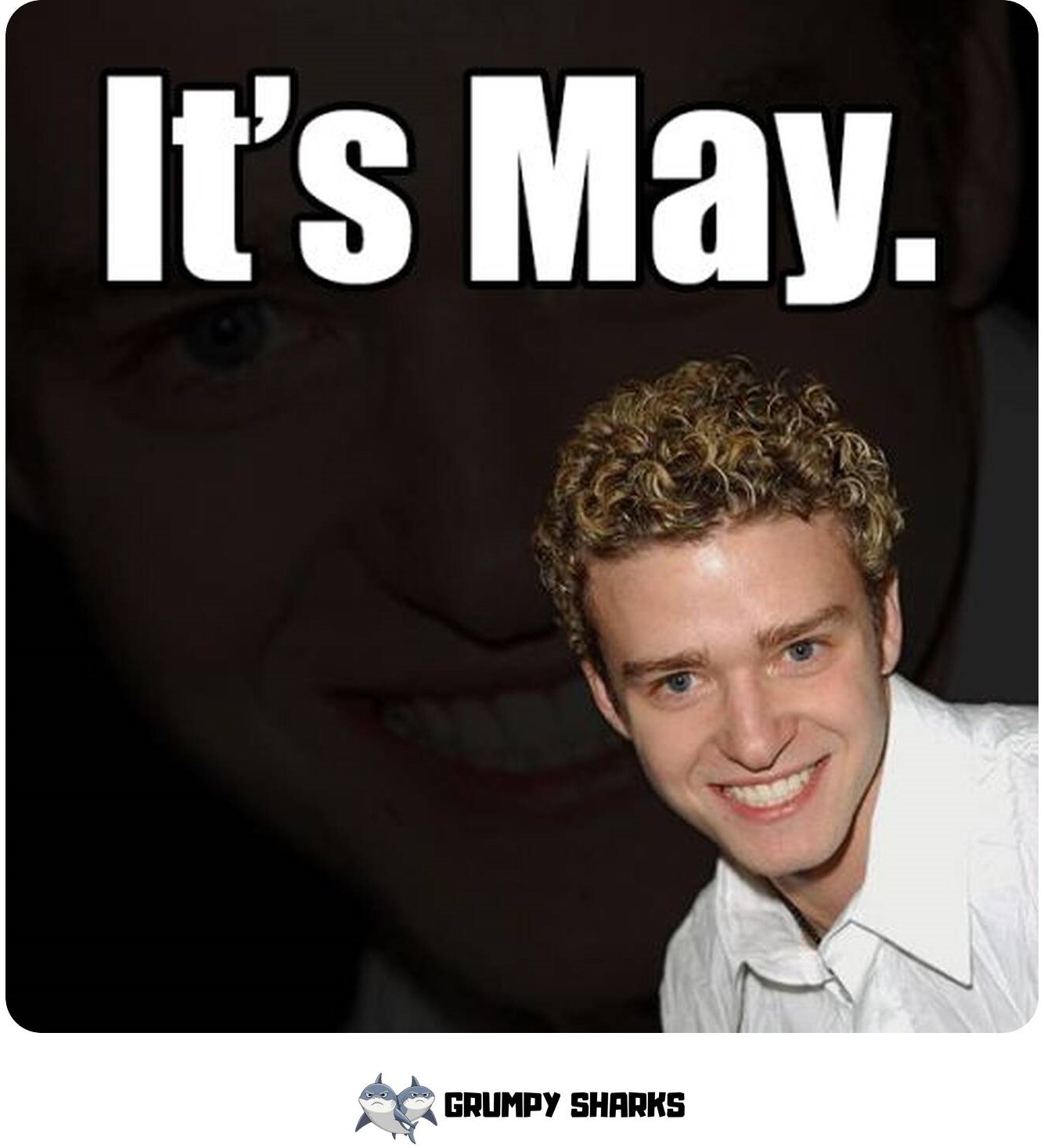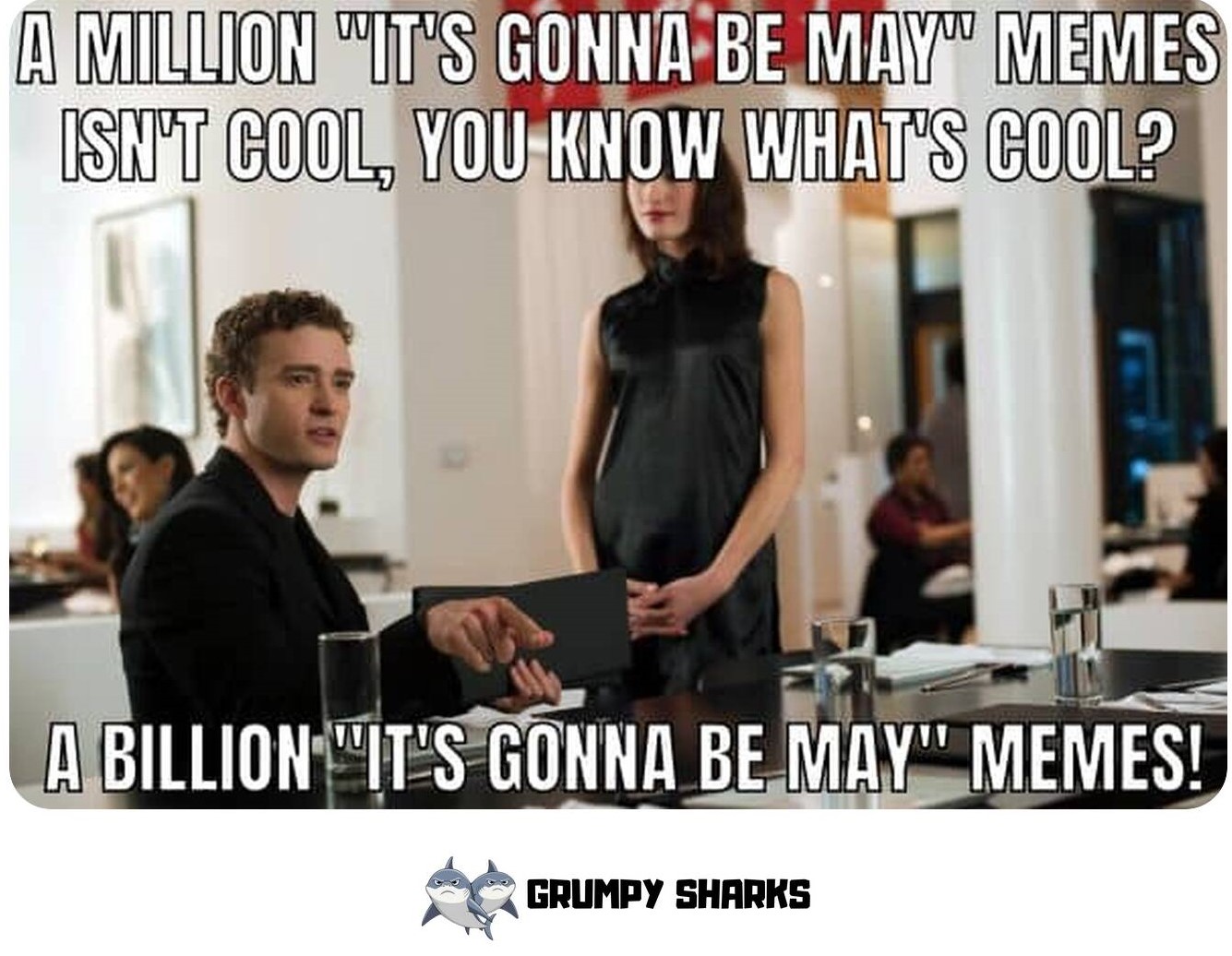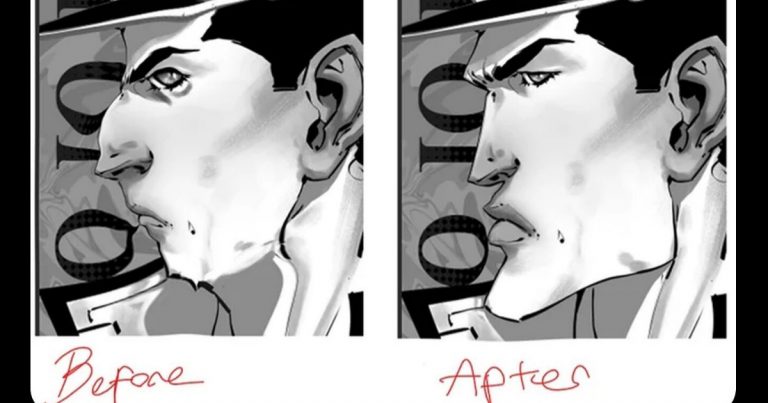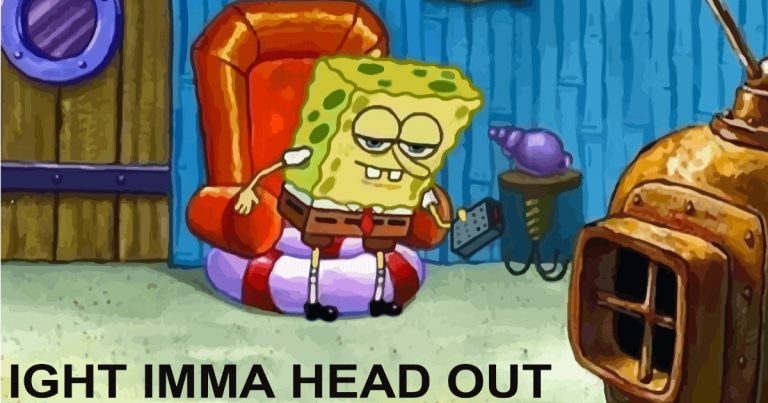Why the It’s Gonna Be May Meme Returns Every Year: Pop Nostalgia Meets Internet Humor
The It’s Gonna Be May meme is now a ritual that appears each late April, again combining nostalgia with internet humor. This meme originated from an iconic line by Justin Timberlake in NSYNC’S 2000 song “It’s Gonna Be Me.” The meme came to internet prominence by simply adding a humorous take on Timberlake’s pronunciation of “me” as “May.” The two-second clip that accompanies the meme grew to a lightweight moment of nostalgia, that is now anticipated annually, as fans of pop culture and aficionados of memes await its arrival.
In this article, we explore why this meme persists year to year, what it tells us about pop culture, and how internet humor sustains its life long after it is relevant.
#1 How a Lyric Became a Meme
The It’s Gonna Be May meme emerged from a misheard lyric in the *NSYNC song “It’s Gonna Be Me,” which was a hit for the band in 2000. It was Justin Timberlake’s pronounciation of “me” as “may” that became the center of the meme. This suggestion was made by producer Max Martin to give emphasis and flair to the song, which it certainly did with the final product .
On January 29, 2012, Tumblr user amyricha first shared an image of Timberlake with the caption reading: “It’s gonna be May,” for a funny use of the pronounciation. In March 2012, BuzzFeed shared a photo of a calendar with the caption “It’s gonna be May,” placed over the last day of April, further propelling the two memes into the internet stratosphere.
Since then, the meme has reemerged almost every April 30, which is a light-hearted way to remind fans that May is just around the corner. Clearly the fan base and the band have found these memes to be entertainig too, as *NSYNC member’s friends have shared and laughed over the memes in their group texts .
In case you want a visual reminder of the original moment, here is the official music video of “It’s Gonna Be Me”:
#2 Why Does Millennial Nostalgia Keep the It’s Gonna Be May Meme Alive?
Millennials are now the dominant force in shaping internet culture, and memes from their formative years, like *NSYNC’s “It’s Gonna Be Me,” hit on another emotional level. The boy band phenomenon of the early 2000s was not conducted just in pop culture; it was a cultural moment, with Justin Timberlake’s iconic pronunciation being a timestamp that defines the boy band phenomenon.
When Rolling into May, millennials are not just remembering the song, they are reliving it. With the help of Twitter, Instagram, and TikTok, it is memorialized, reinterpreted, and meme-ified again when it became the cultural zeitgeist on May 1 every year.
#3 Why Do Annual Memes Like “It’s Gonna Be May” Have Such Staying Power?
Comparisons with Other Seasonal Memes
The It’s Gonna Be May meme has similarities to other memes that correlate to a specific point in the calendar, including “It’s the most wonderful time of the year,” which we experience each Christmas, and “Wake Me Up When September Ends,” which appears every fall.
These annual memes care about predictable, cyclical events that signal time, change, or what is possibly something of significance- a temporal marker. These memes are also memes of seasonal tradition. “It’s Gonna Be May” appears around the same time of year; just right, and what is even more compelling is it allows us to feel like we are connected to a larger cultural phenomenon as we share the experience of “It’s Gonna Be May” together.
Comfort in Predictability in Digital Culture
One reason these kinds of memes, like “It’s Gonna Be May,” are so enduring is because of the comfort we derive from predictability. In a world full of chaotic digital content destruction where memes seem to morph each day into an entirely new object of cultural experience, the existence of commonplace and comfortable knowledge or experience that we can expect brings a certain degree of stability – to know something can exist.
The annual practice of these memes provides comfort and they are so comforting that annual memes become almost like a digital practice or ritual. They provide a context for internet users to mark time, feel a connection to one another, and to share humor that is unchanged unless we experience it (or interact with it) differently, despite the constant evolution of everything else.
Community and Viral-ness– Everyone Existing in the Joke!
The power of the, “It’s Gonna Be May!” meme, lies not with Justin Timberlake or N’SYNC–but in community. Every year isn’t just about Justin Timberlake or N’SYNC, it is about everybody existing in the joke. When that meme comes back each year, it brings together people from all different walks of life to share that moment together.
The virality of the meme is held by this shared knowledge that, everyone knows exactly when it is coming, and when it arrives, the shared collective response gives it a sense of belonging. It is these communal experiences that not only make the meme funny, but meaningful in digital culture.
#4 How Do Celebrity Reactions Help Fuel the It’s Gonna Be May Meme?
Timberlake’s Social Media Engagement and Acknowledgement
Justin Timberlake has fully committed to his role in the It’s Gonna Be May meme and has turned it into a fun yearly occurrence. Every year, Timberlake himself even acknowledges this meme, sometimes posting about it on social media with a humorous take.
His public acknowledgement of the meme brings it back to life and gives him the opportunity to engage with a fan base that likely remembers his *NSYNC days with fondness. Timberlake’s humorous presentation of the meme is a nice way for him to poke fun at himself and has probably further strengthened his relationship with his fans.
When Artists Embrace Meme Culture
Timberlake is not the only artist to engage in meme culture. Several celebrities including Dwayne “The Rock” Johnson and Ryan Reynolds have fully embraced the internet’s foray into humor and meme culture, using memes to engage in conversations with fans or promote their properties.
This e-design makes it possible for them to remain current and accessible to the younger generations who largely engage with media through social media sites like TikTok or Instagram. By leaning in and participating in meme culture, celebrities are able to engage with their fan base while keeping their personal brand somewhat relevant even in these fast-moving times that require an adapting media landscape.
The Mutual Benefit: Fans Stay Entertained, Artists Stay Relevant
To this day, the back-and-forth exchange of meme between fans and entertainers remains a mutually beneficial relationship, which is a win-win for both parties. For fans, to see their celebrities initiating memes is a pleasure, and for entertainers, they remain relevant in an image-based social media world (entertainers can use memes as a way of remaining relevant).
Particularly in the case of Timberlake, the It’s Gonna Be May meme has essentially turned into an annual occasion, allowing him to stay relevant while simultaneously allowing fans to feel as if they’re a part of ongoing inside joke. This reciprocal exchange highlights the idea that in today’s internet-driven world of memes, for entertainers, memes are no joke. They are an effective way for celebrities to stay front-of-mind and engaged with their audience.
#5 Conclusion — Why “It’s Gonna Be May” Continues to Resonate
The It’s Gonna Be May meme persists year after year because it taps into a powerful combination of nostalgia, humor, and timing. What started as a simple mispronunciation by Justin Timberlake has become a cultural phenomenon that keeps both fans and celebrities engaged, year after year. It represents the power of internet humor to transform a small, seemingly insignificant moment into a lasting cultural touchstone.
As memes continue to dominate online communication, they have become the new pop cultural milestones, serving as both entertainment and a shared experience that unites people across the globe. The longevity of memes like “It’s Gonna Be May” shows that in today’s digital world, humor is more than just a laugh—it’s a way to connect, reflect, and build lasting cultural impact.









